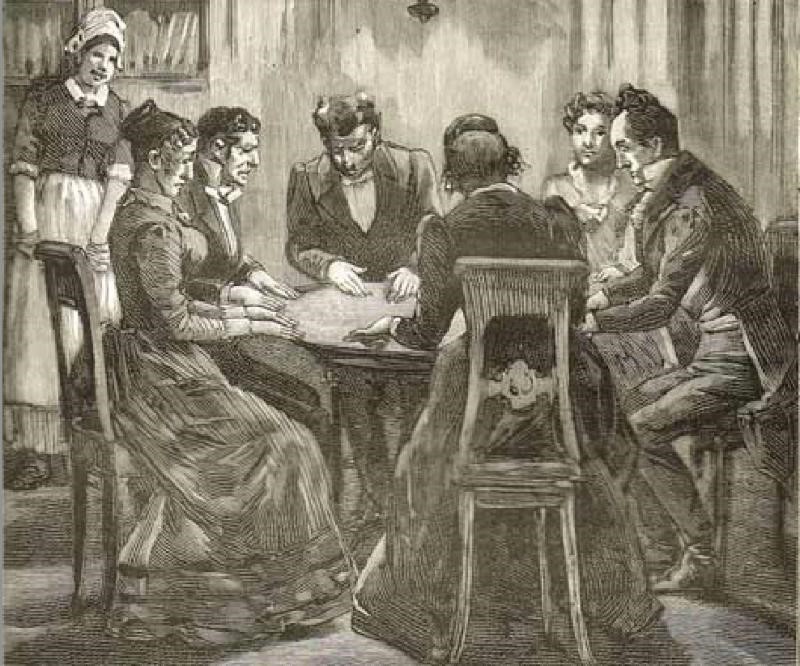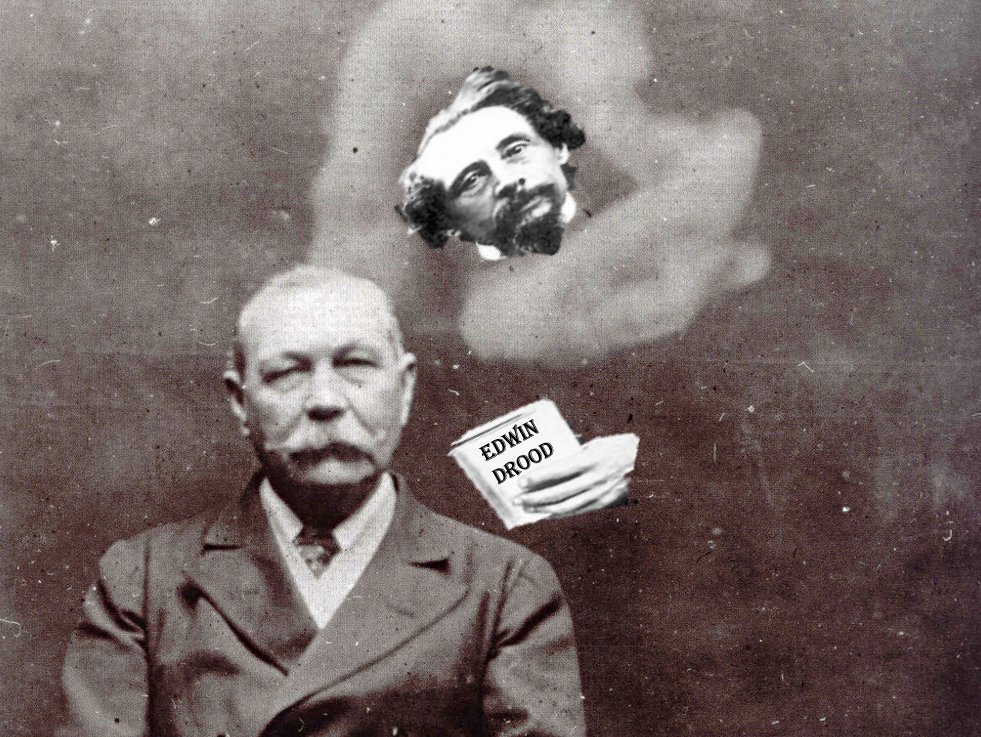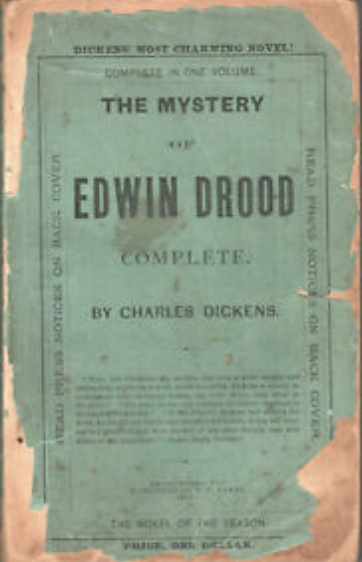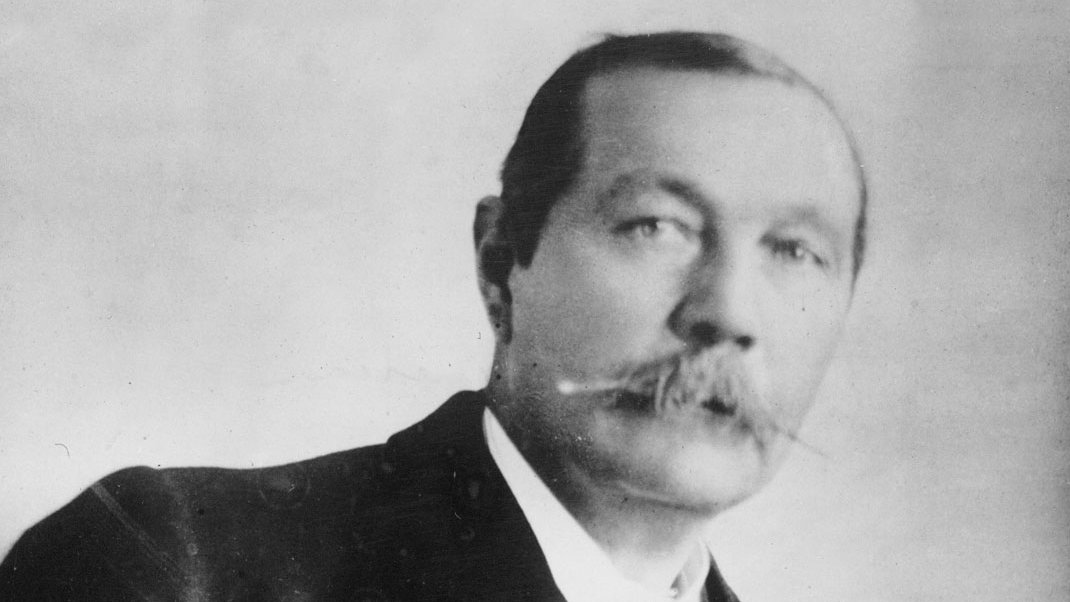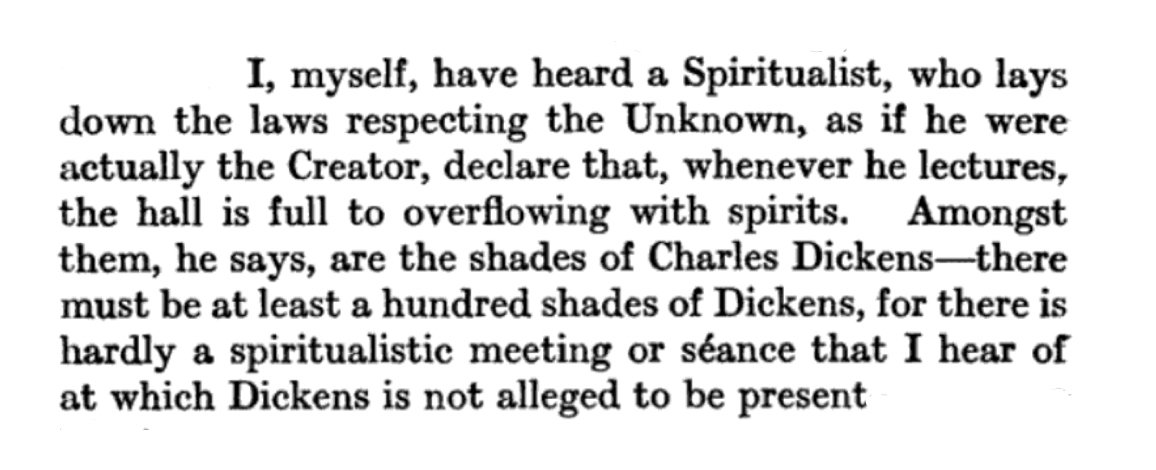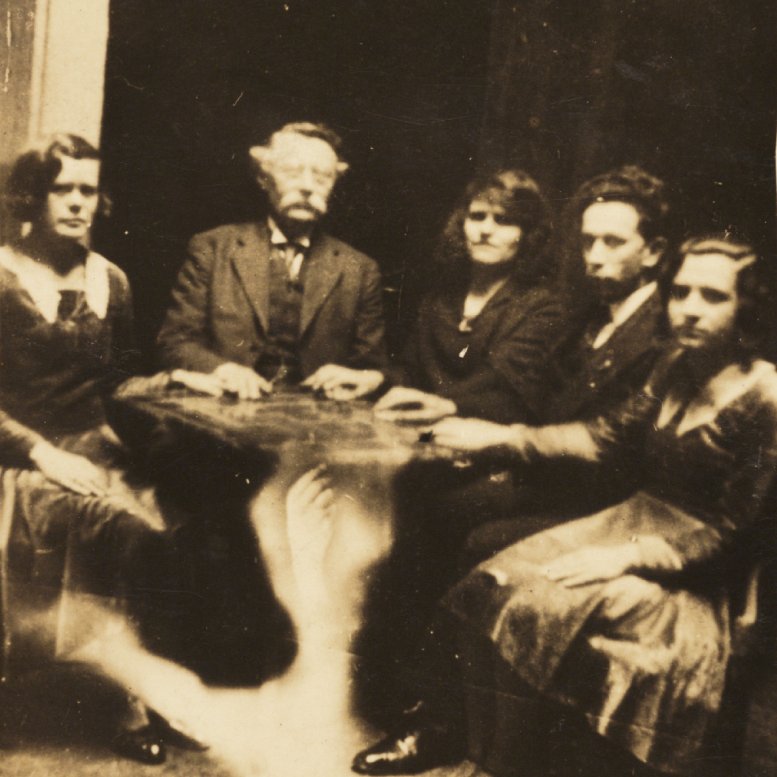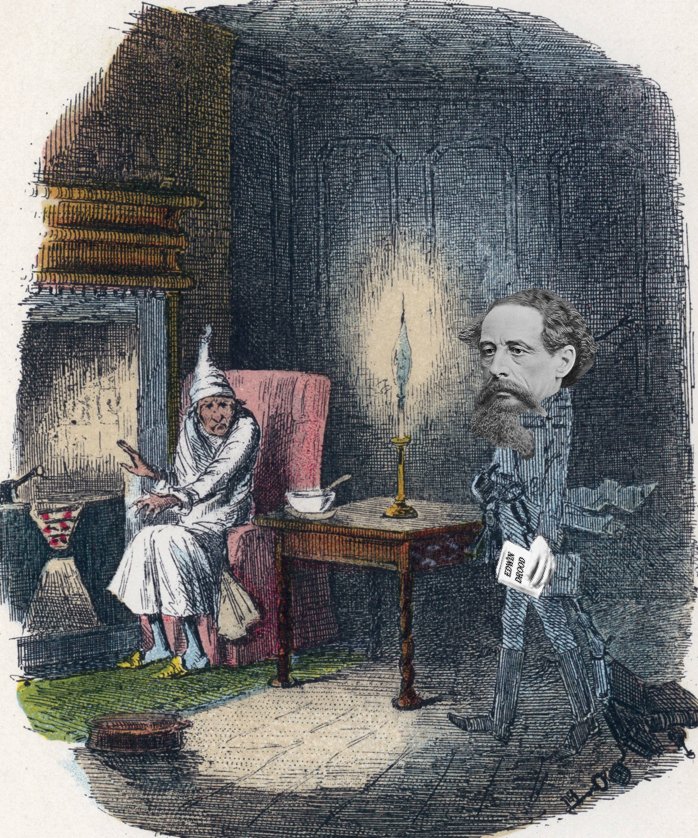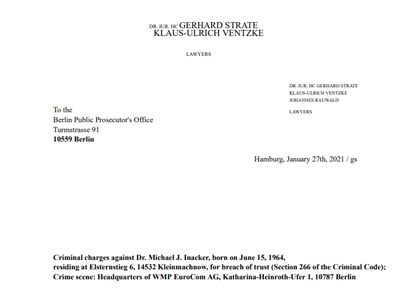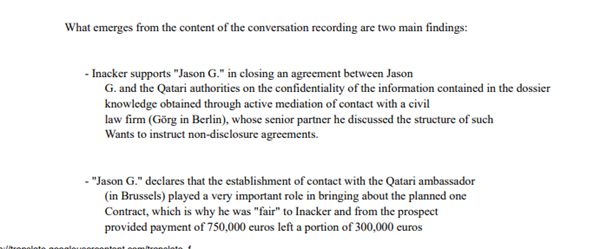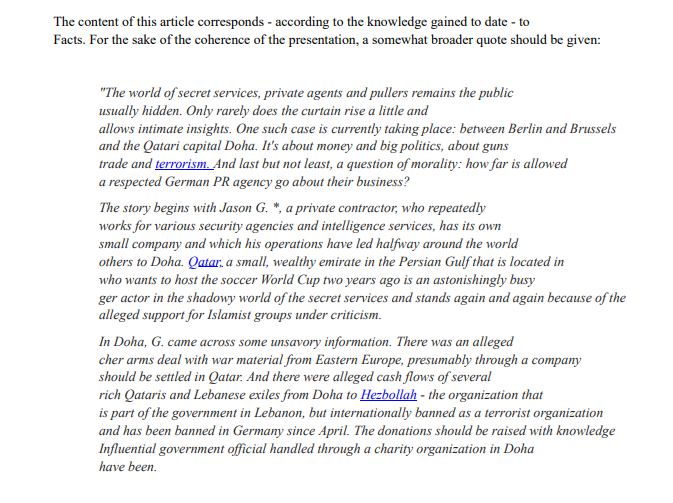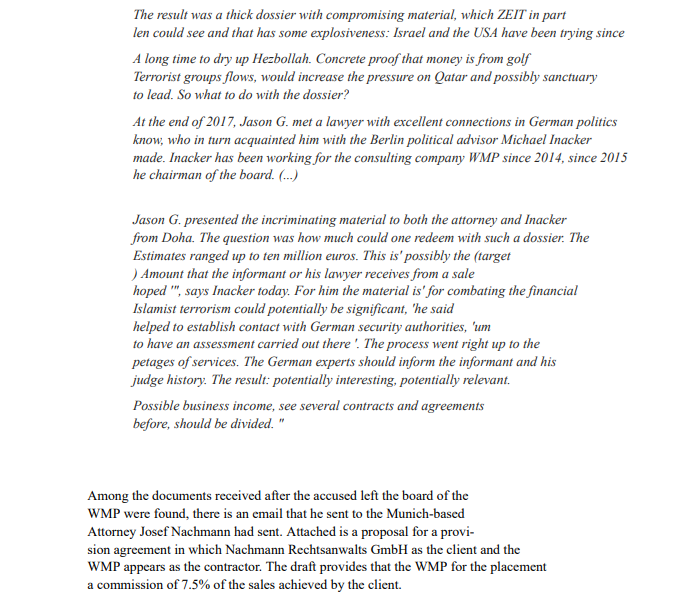In Battleborough, Vermont, in 1872, tramp printer Thomas Power James had a trance in a boarding house seánce. "Charles Dickens" wrote a polite note to James, requesting a 15 Nov. meeting.
Ghost Dickens asked James to write the ending of "Edwin Drood" through "spirit-pen" 👻🖋️
T.P. James kindly did so, with a medium's aid. The result was a completed "Part Second" (1873), which features a "Medium's Preface"!
👻Ghost Dickens claims that injured Edwin Drood is rescued by Durdles, allies with Datchery to expose an insane Jasper, and later marries Rosa 👻
None other than #Sherlock creator Arthur Conan Doyle attended a seánce at which American violinist Florizel von Reuter (who died 1985!) interrogated Ghost Dickens about the lost finale of "Edwin Drood," and was told,
👻"Edwin is alive and Cris[parkle] is hiding him" 👻
In "Twenty Years' Experience as a Ghost Hunter" (1916) Elliott O'Donnell complained that despite the lapse of years, Ghost Dickens 👻 had proliferated rather than subsided, with "foolish and conceited" people naïvely assuming the great late author would wish to contact them!
Though in 1858 #Dickens mocked spiritualism in "The Rapping Spirits" and this HILARIOUS piece, he also wrote many ghost tales himself and attended
@GhostClub1862. Likely, he would have satirized but understood the craze to interview his ghostly shade 👻https://t.co/mvqOfqt6PU
Some form of logic may have supported using seánces and other otherworldly means to contact the Ghost of Charles Dickens 👻 in the Age of Spiritualism
After all, if the ghosts of lawyers can return on Christmas Eve to remonstrate, why not famous authors to finish the story?
For more on the reputed activities of Ghost Dickens and theories about "Edwin Drood," read
@DrPeteOrford's "The Mystery of Edwin Drood: Charles Dickens' Unfinished Novel & Our Endless Attempts to End It" (2018):
https://t.co/cCa1WnCmUu
Also, read T.P. James/Ghost Dickens's "Part Second" collaboration here, containing the "Medium's Preface":
https://t.co/v5XKoxRUNu
Courtesy of the A.C.D. Encyclopedia, Sir Arthur Conan Doyle's full account of his "meeting" with Ghost Dickens can be read in "The Edge of the Unknown" (1930), section "VI. The Alleged Posthumous Writings of Known Authors":
https://t.co/TxYMJBeqT4
Last, but not least, O'Donnell's text on Ghost Dickens's afterlives, complaining about the arrogance of his spiritualist fans:
https://t.co/ryukRs3eDA
